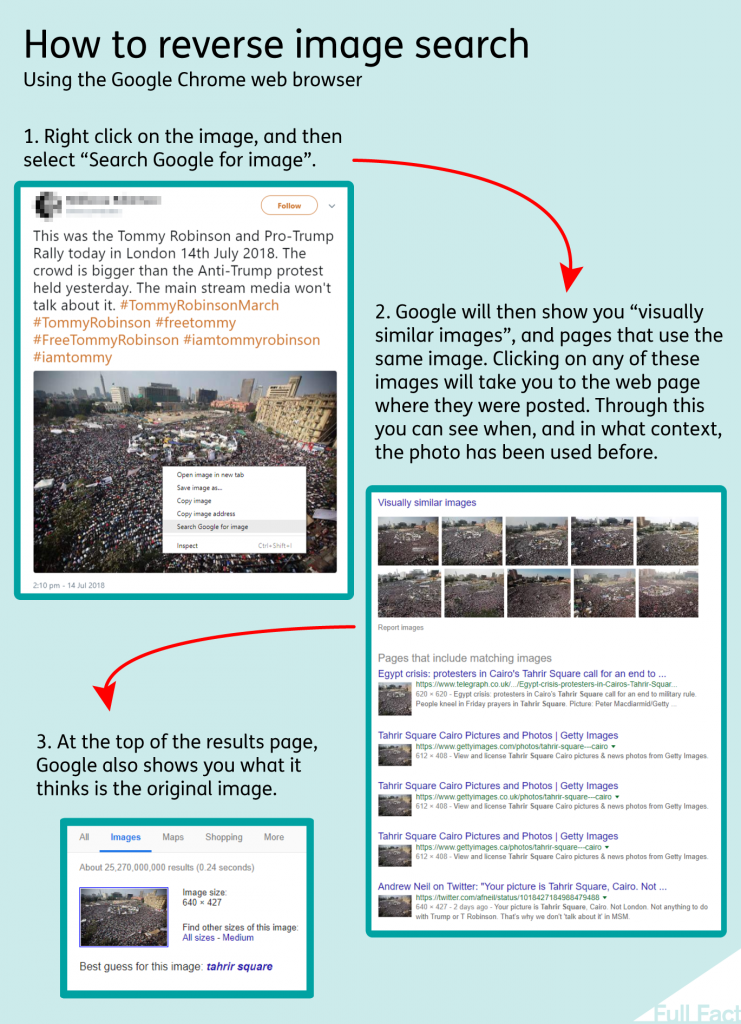Fauxtography: Teaching Children To Look Again by John Dabell
What you see is what you get, right?
Wrong. WYSIWYG might suggest that there is nothing hidden but when it comes to pictures, photos and images in the news then take a big step back. And then again!
Research by Nightingale et al (2017) suggests that most people can’t tell the difference between real and photo forgeries.
It’s easy for anyone to look at something and just accept it for what it is but pictures don’t tell the whole story. A picture is a split-second snapshot and only a slice of the action. That’s if it is even a real one.

To improve children’s media literacy we encourage them to be critical consumers so they don’t believe everything they read.
The same applies to pictures too and so what children see has to be questioned. Is it a fake? Is it misrepresenting a particular person, group of people or situation? Who is behind the lens and what is their ideological agenda?
Misleading pictures is something children will encounter all the time online without realising it which is why promoting a critical pair of eyes is essential. The pictures that go with a story might be real but only show a portion of what is happening. They might relate to a completely different event that has nothing to do with the news being reported – pairing an unaltered image with an unrelated story or an event that happened at a different time is very common.
Then there is the classic Photoshopped image using image tampering techniques such as splicing or merging parts of one image with another, cloning sections within the same image, or removing an object.
Fauxtography is everywhere and dangerous because doctored photos are designed to manipulate our emotions and provoke a response or extreme view. Fake news and fake photos can do considerable harm as they blur the lines of reality, distort worldviews and could inspire criminal behaviours and drive the misallocation of resources.
Photoshopped images can quickly go viral and breed fear and mistrust and misinformation can cost lives. Humans love to spread gossip and lies spreads faster than the truth.
Full Fact, the UK’s independent factchecking charity, has a great article online to help us when we might be suspicious about an image. One of the things they point to is using a reverse image search using Google Chrome:
(Image: www.fullfact.org)
Common Sense Education have also produced a video to help.
There are other websites that do a similar thing such as TinEye to help with image verification and matching. It is especially good at showing how and how often an image is being (or has been) used online.
Empowering our children’s digital citizenship is massively important if we are to help them learn that what you see isn’t what you get. Pictures can spin some really tall tales and so need to be approached with caution.
Unfortunately, fauxtography is a feature of life so children have to be forensic photo experts if they want to be part of the real world. We have to help them to think like fact checkers and lie detectors and use tools like the CRAAP test so they don’t let their eyes deceive them.
A CRAAP test is a set of evaluation criteria developed by librarians at California State University, Chico that can be applied to websites, articles, blogs, books and a range of media sources to help children determine if the information is reliable. The acronym stands for:
- Currency
- Relevance
- Authority
- Accuracy
- Purpose
Pictures and photographs are often recycled or doctored to fuel interest and provide visual “proof” for fake news but they don’t fool everyone, especially visually literate children who scratch beyond the surface.
Debunking misinformation is a key responsibility of all teachers and so it is our job to keep children in the picture and help them spot fauxtographs so they question everything they see.
